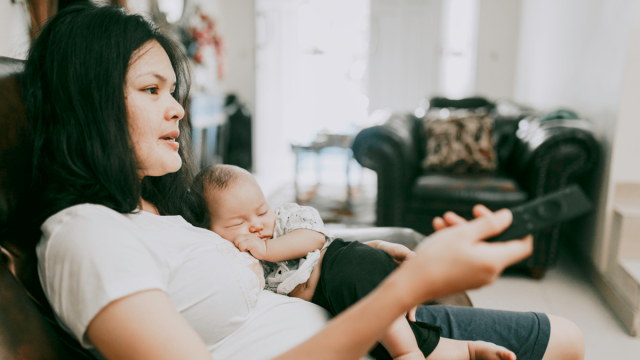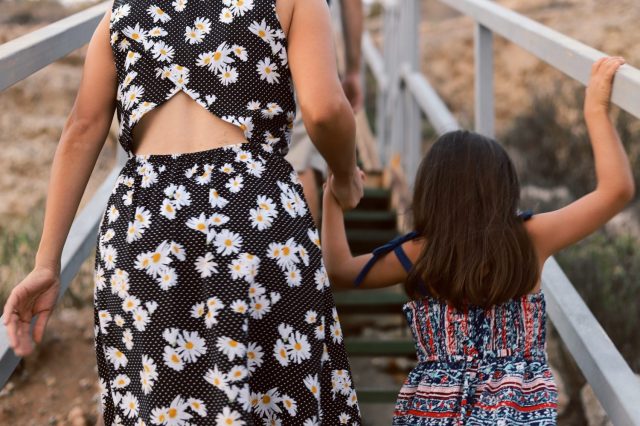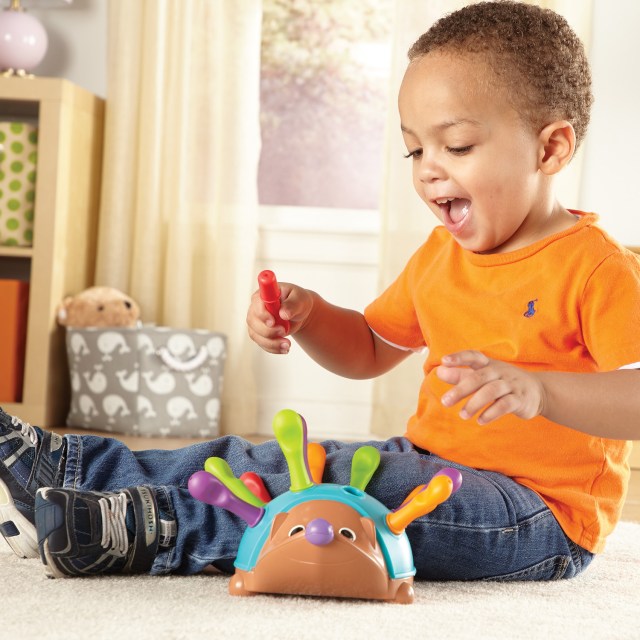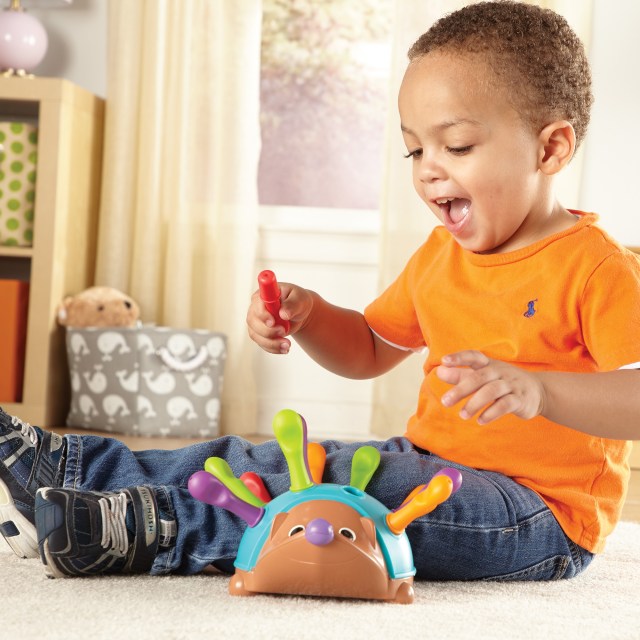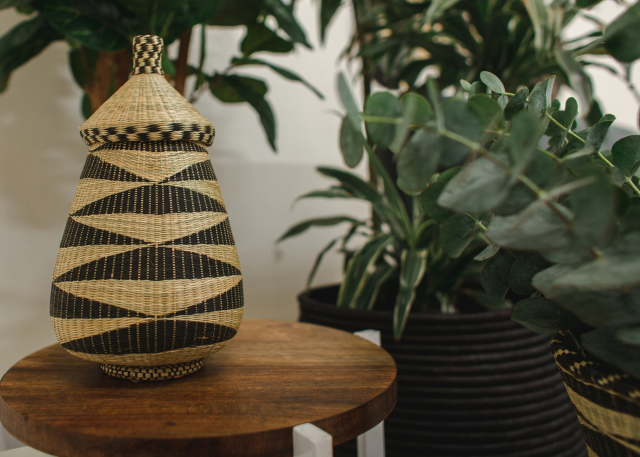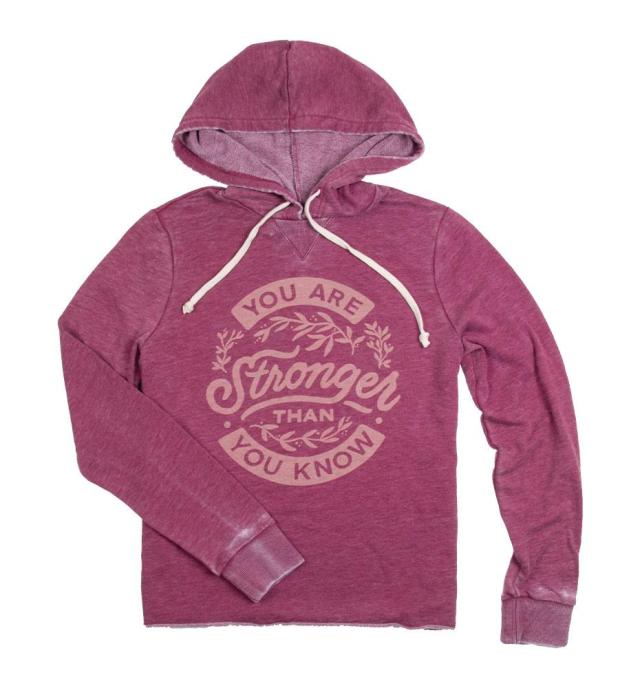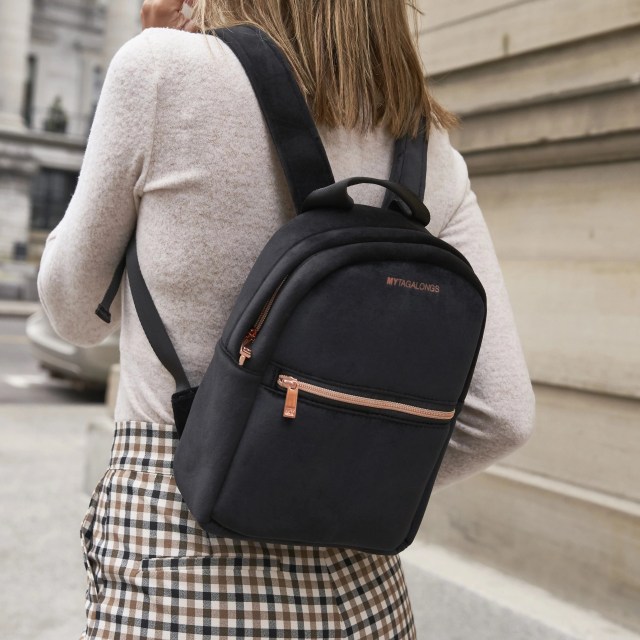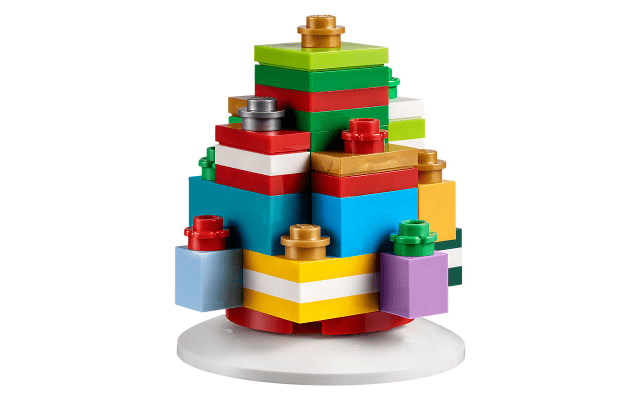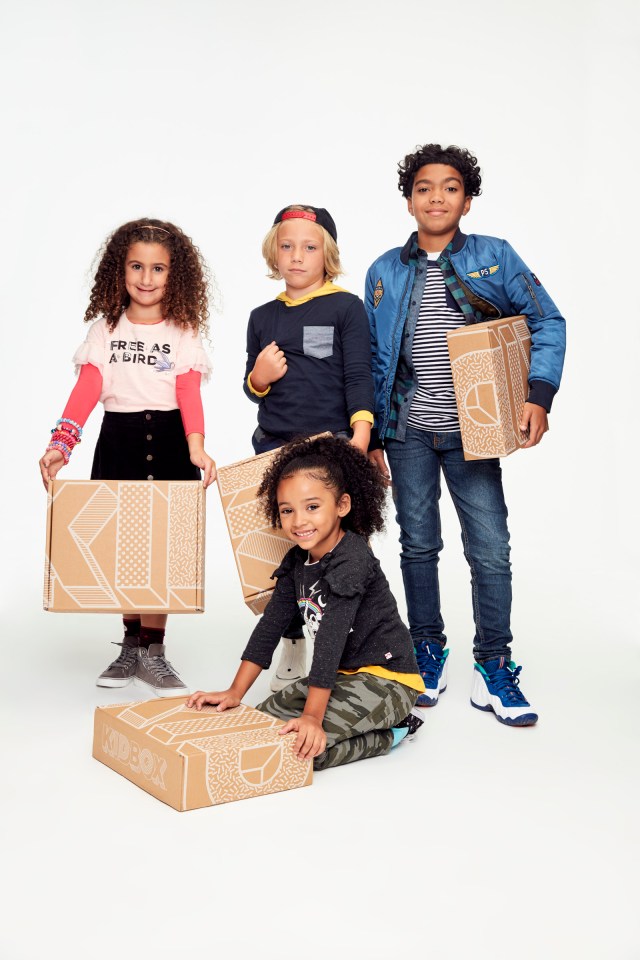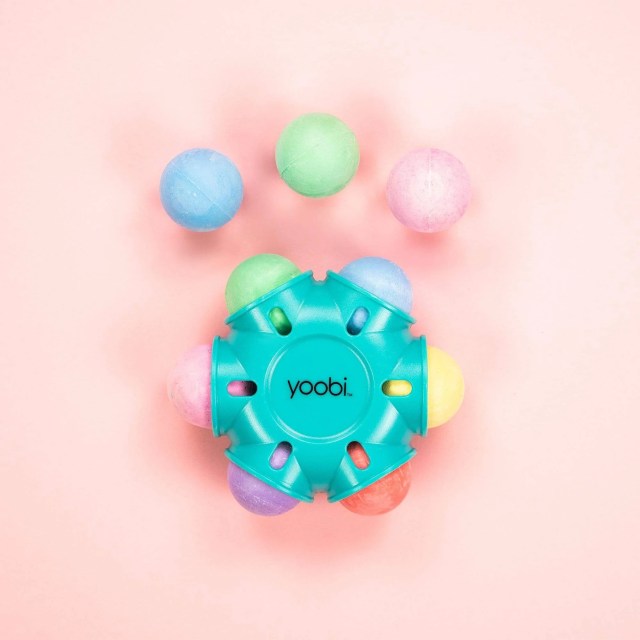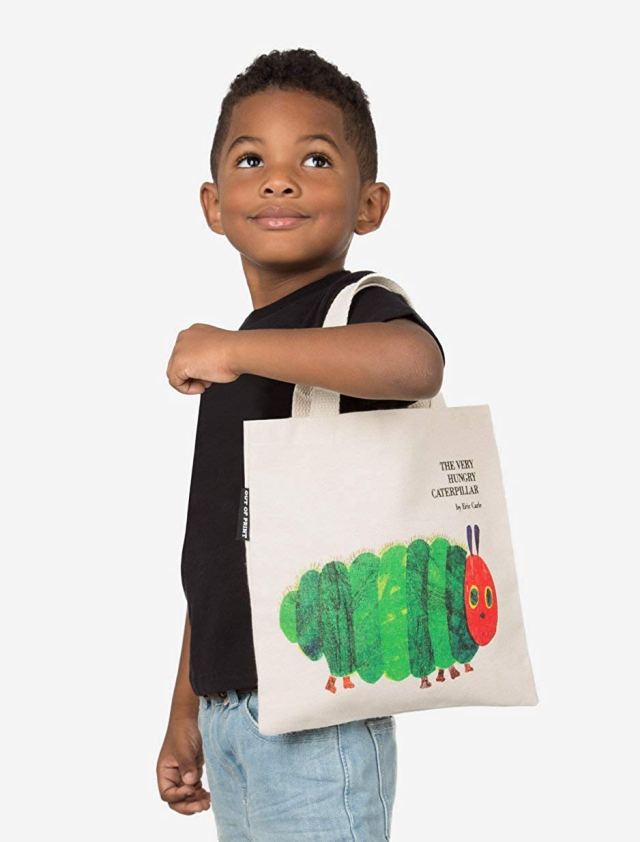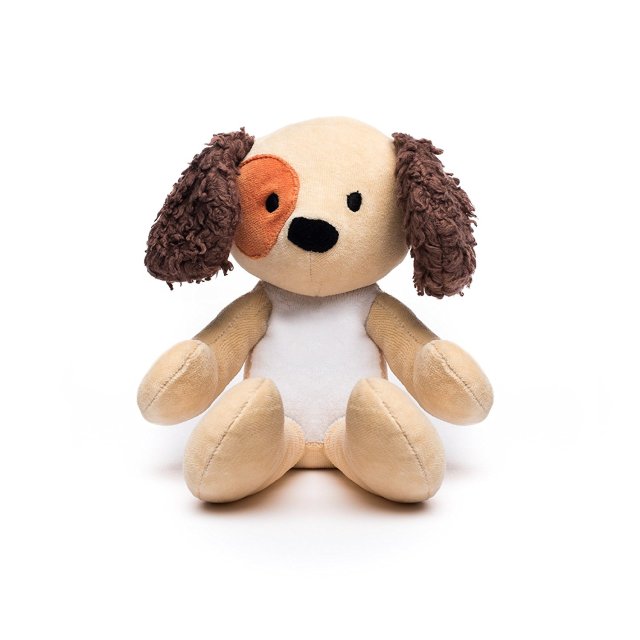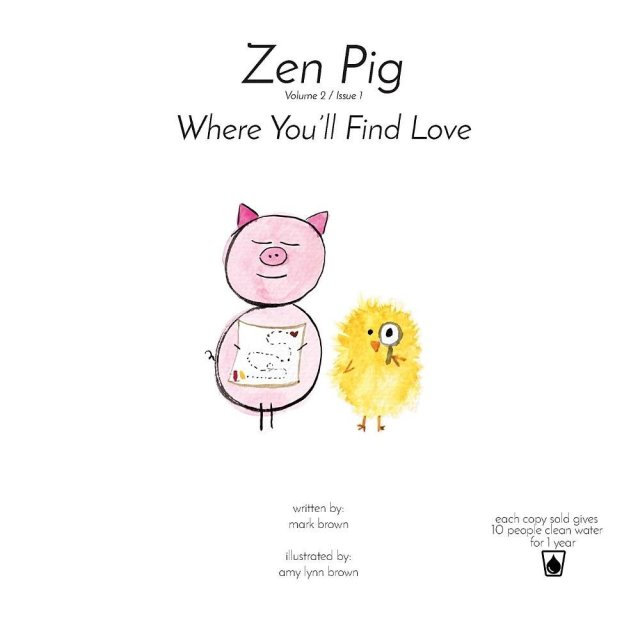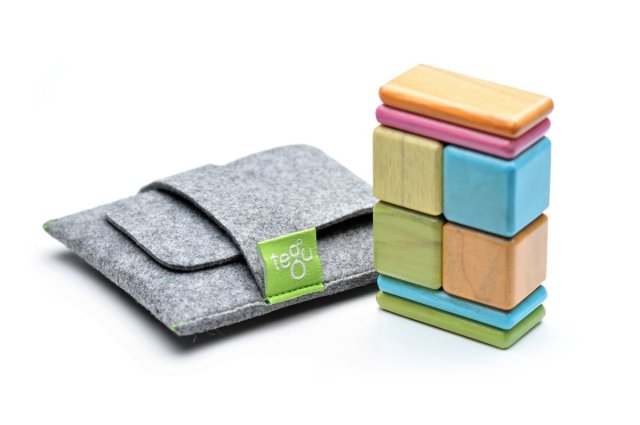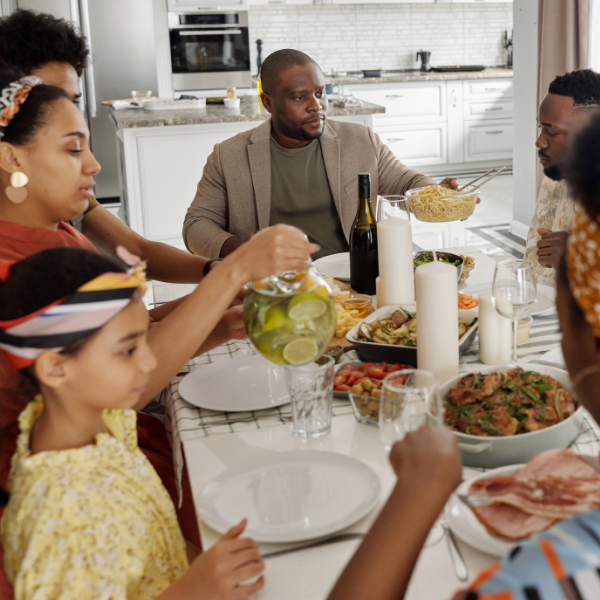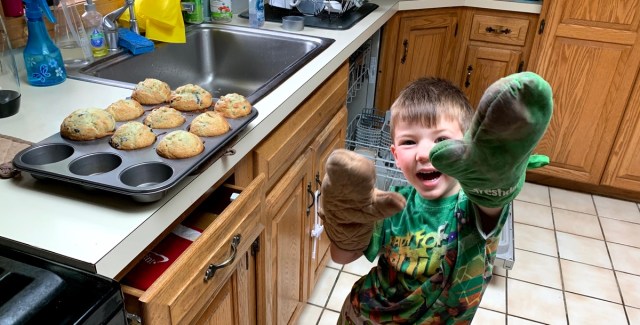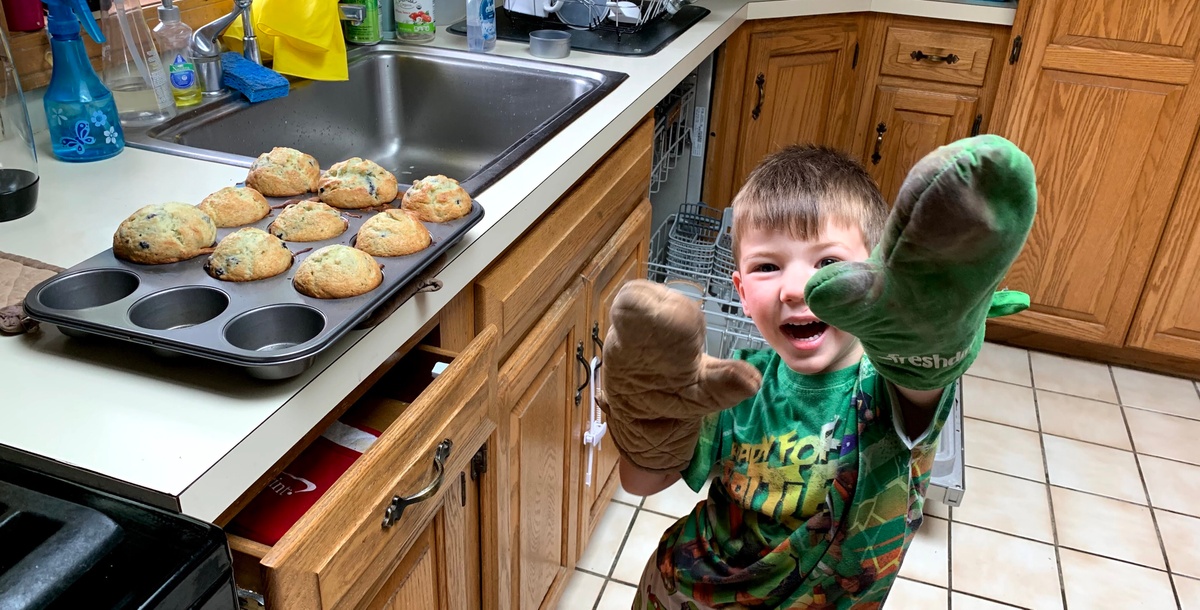We’ve all felt the temptation at some point: a movie you’ve been dying to see is finally streaming (Bullet Train perhaps? Or maybe Emily the Criminal), and you’d like nothing more than to watch it right away. Only problem? Your baby’s bedtime isn’t for another 3 hours, and by then, you’ll be too tired to focus on a movie. But… they’re babies, right? How much could it hurt if you watch it while they’re still up? We know it’s not a good idea to let young, impressionable kids watch movies with lots of violence, sex, and profanity, but is it okay to watch a rated-R movie with babies and toddlers around? The answer is a bit more complex than you might think.
According to the American Academy of Pediatrics, children under 18 months (as in babies and young toddlers) shouldn’t really be watching screens—video chats with grandparents or other loved ones being the exception. The AAP also says kiddos 18 to 24 months should only watch “high-quality programming”—meaning they probably frown on toddlers being in the room while you binge-watch the John Wick collection.
“Babies typically start to really understand words around six months old and…they are very much social learners, so direct in-person interaction is what helps them to develop,” says Dr. Jacqueline Benson, a Licensed Clinical Psychologist at Deeper Than Color and founder of Center Stage Psychology. “Part of that process is often imitating what they’re observing around them, which is why we encourage parents to limit screens.”
But given how demanding life is for most families, it’s not surprising that many overworked and under-supported families rely on screen time to entertain children. 90% of babies under 2 and 40% of infants regularly watch television, and most kids spend an average of 5 to 7 hours on screens per day. Moreover, on average, US children between the ages of 8 months and 8 years are exposed to about 232 minutes of background television per day, which studies have shown hurts their ability to focus on play behavior.
While some studies have already yielded insight into the effects of rated-R movies on children, like how they tend to increase the likelihood of adolescents trying alcohol by affecting their sensation seeking behavior, the jury is technically out on how this affects babies and young toddlers. But that doesn’t mean there aren’t some solid theories.
“While very young infants may not fully comprehend the content in adult tv and movies, we also know adult content isn’t helping them to positively develop any of their foundational skills like language and play,” says Dr. Benson.
Additionally, Dr. Benson says that toddlers who are old enough to grasp the language and simple social themes are in a position to be more strongly impacted by these films.
“That’s when we’ll see them start to imitate those themes of violence in their play or you might hear a child repeat something they overheard. These behaviors can definitely have social repercussions, and that impacts child development as well,” she says.
For example, if the toddler is repeating adult language, they could get into trouble at preschool (though it wouldn’t necessarily be their fault) or be viewed negatively by peers or even the parents of peers.
Dr. Bensons also says research tells us that there are other risks. Studies have repeatedly linked children’s exposure to violent media (often found in R-rated movies, television, and video games) with increases in aggressive behavior, nightmares, and fear of being harmed, as well as a general desensitization to violence.
“I would say this rings true for toddlers even if they seem like they aren’t directly engaging with the media but are simply in the room,” she adds.
Of course, the truth may also lie in other areas, not just the exposure itself. Dr. Benson says parents who are pretty hands-off about the type of content their children watch are often also lax in other areas, such as language and behaviors they might be exposed to in their own households. It’s a difficult thing to narrow down, which is why monitoring media content helps reduce children’s future risk factors when it comes to things like violence and substance abuse.
Overall, it’s pretty evident that watching an R-rated movie with your baby in the room (not directly watching) won’t ruin them for life, but it should probably be avoided. After all, you never know how what they are overhearing or casually glancing at will impact them later. And when it comes to toddlers, we should be even more mindful of what they see or hear, given their increased ability to imitate and absorb the content.
“I often point parents towards Common Sense Media as a resource to help them navigate their kid’s relationship with media,” says Dr. Benson. “It’s a helpful resource that provides breakdowns of different shows, movies, and games and helps parents determine what is developmentally appropriate for their kids to have access to.”
So next time you’re looking for something to watch, do a little research and find something more family-friendly. Or even better, get a sitter, or at least put the kids to bed early, so you don’t have to worry about your little one having nightmares or accidentally dropping F-bombs at their next play date!
